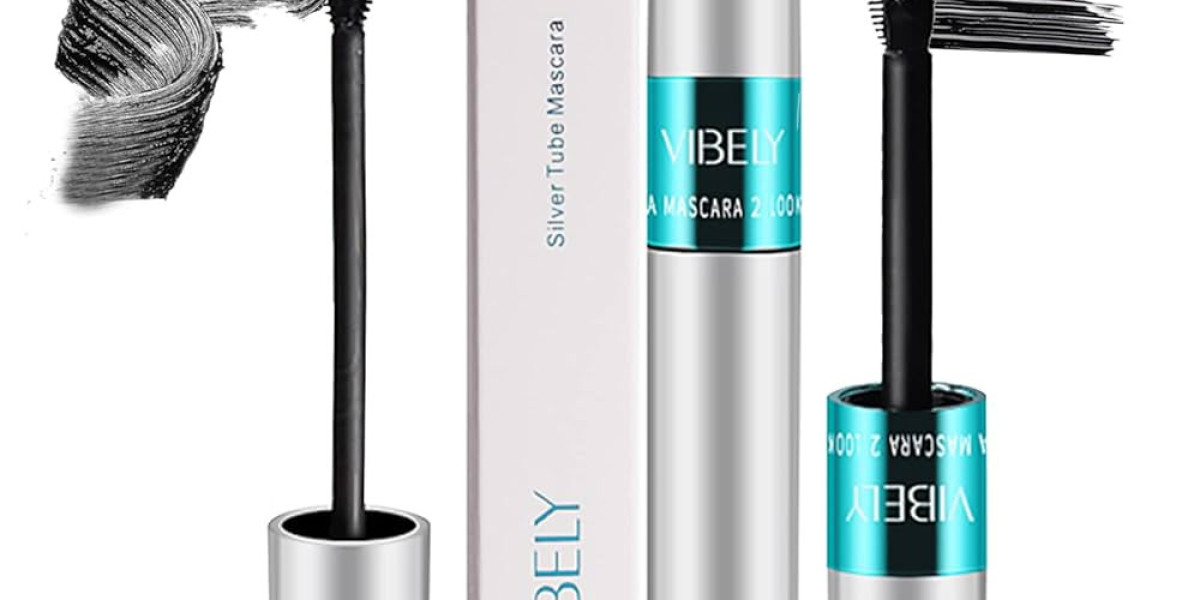Enhancing Industrial Operations with the Aluminum Roller
An Aluminum Roller plays a fundamental role in modern industrial processes where precision, durability, and lightweight functionality are crucial. As a key component in manufacturing, converting, printing, and packaging industries, aluminum rollers contribute to smooth operations by providing stable support and consistent tension during the handling of various web materials like films, textiles, paper, and foils.
What makes aluminum rollers so valuable is their combination of physical and mechanical properties. Aluminum, as a material, offers significant advantages — it's lightweight, corrosion-resistant, and thermally efficient. These features make aluminum rollers suitable for continuous operation across diverse working environments, including those involving heat, moisture, or rapid movement.
Core Features of Aluminum Rollers
The primary appeal of aluminum rollers lies in their lightweight structure, which reduces the load on machines and minimizes wear on components such as bearings and motors. This not only enhances the energy efficiency of machinery but also contributes to longer equipment life and reduced maintenance frequency.
Moreover, the corrosion resistance of aluminum ensures a longer lifespan in environments where exposure to humidity, chemicals, or high temperatures is common. Whether installed in food processing lines, cleanroom packaging systems, or textile machinery, aluminum rollers maintain their surface integrity over time, delivering consistent results even in harsh conditions.
Another important feature is thermal conductivity. Aluminum disperses heat efficiently, which is vital in applications that involve thermal processing or need stable temperatures to avoid material deformation or failure.
Applications Across Industries
Aluminum rollers are used in a wide range of industries for both functional and performance-related reasons. In printing and laminating, these rollers ensure accurate alignment and uniform pressure application, resulting in high-quality final products. Their lightweight nature allows for high-speed rotation without generating excessive vibration or noise.
In textile processing, aluminum rollers assist in fabric coating, drying, or finishing processes. Their stable design allows them to guide and stretch materials without causing distortion or creasing, which is essential for maintaining fabric quality.
In film and foil production, aluminum rollers serve as idlers, guide rollers, or chill rollers. Their ability to handle thin, delicate materials while maintaining proper tension and alignment ensures smooth material movement through production lines.
Additionally, aluminum rollers are ideal for use in converting systems, where materials like adhesives, nonwovens, or laminates are slit, rewound, or processed. Their customizable surface finishes—such as hard anodized, knurled, or rubber-coated—allow manufacturers to adapt the roller’s performance to specific applications.
Manufacturing and Customization
The effectiveness of an aluminum roller depends not only on the material but also on its design and manufacturing quality. Rollers must be balanced precisely—either statically or dynamically—to ensure smooth operation at various speeds. Imbalanced rollers can cause material misalignment, reduced product quality, or machine damage.
Other factors such as roller diameter, wall thickness, shaft material, and bearing design contribute to how the roller behaves in use. Aluminum rollers can also be coated or treated to modify their surface hardness, grip, or wear resistance depending on operational needs.
Customization is often required when integrating aluminum rollers into specific production lines. Whether a company needs rollers with specific grooves, high load capacity, or surface treatments, tailoring the roller design ensures compatibility with the broader mechanical system.
Maintenance and Longevity
Although aluminum rollers require less maintenance compared to some alternatives, regular checks are important for sustained performance. Surface cleaning, alignment verification, and monitoring for wear or imbalance help maintain optimal functionality. If damage does occur, many aluminum rollers can be resurfaced or repaired, extending their service life without the need for full replacement.
Properly maintained, aluminum rollers can deliver many years of reliable performance. Investing in quality construction and adhering to scheduled inspections reduces downtime and enhances overall production stability.
Conclusion
The aluminum roller is a critical element in many industrial systems. Its light weight, corrosion resistance, and adaptability make it an efficient choice for handling various materials with precision and care. Whether for printing, textiles, films, or converting lines, integrating aluminum rollers into machinery can lead to enhanced performance and operational consistency.








